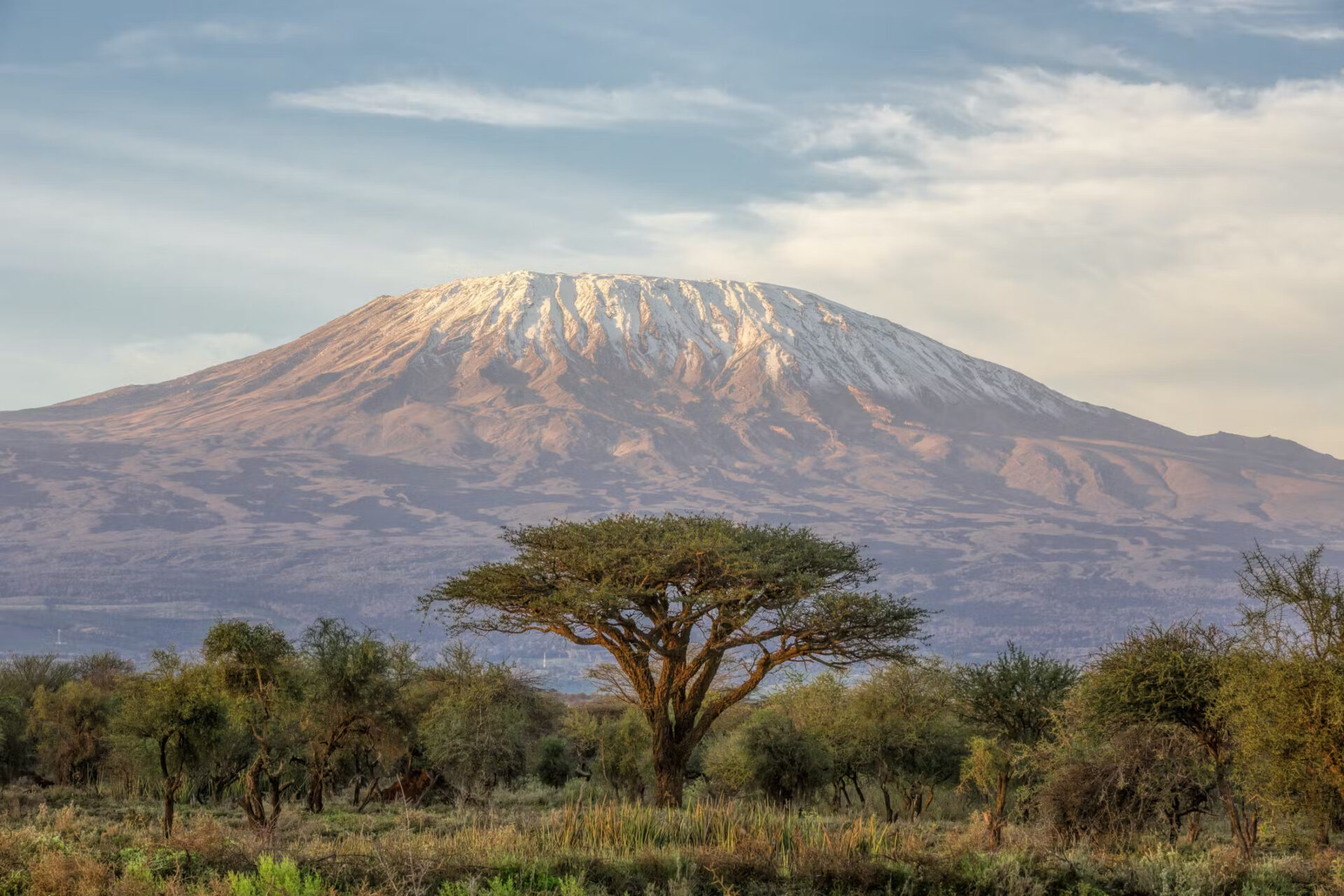Mount Kilimanjaro in Tanzania is 5.895 meters, Africa’s tallest peak, and is not for nothing called the Roof of Africa. Climbing Kilimanjaro is a thrilling adventure that requires proper preparation. To dramatically increase your chances of reaching its summit successfully, it’s essential to consider some essential tips. In this article, we’ll explore the top 6 aspects you must consider when preparing for your Kilimanjaro adventure.
Table of Contents
Physical Fitness is Key
It goes without saying that climbing Kilimanjaro demands extreme physical fitness. Begin your training at least 3 months before your trip. Include cardiovascular exercises like hiking and running, strength training to build muscle endurance, and flexibility exercises like stretching. Focus on building your stamina and give priority to building leg strength, as these are your most essential assets during the ascent.
Gear Up Well
Invest wisely in quality gear and equipment to make your journey at Mount Kilimanjaro safe but also comfortable. Essentials include a decent pair of hiking boots, a comfortable backpack, a high-quality sleeping bag, an insulating jacket, and moisture-wicking clothing. All have to be extremely lightweight and don’t forget practical items like a proper headlamp, a first aid kit, and trekking poles.
Proper Hydration and Nutrition
Staying hydrated is crucial at Mount Kilimanjaro, or any mountain hike, for preventing altitude sickness. Therefore, drink water consistently throughout the ascent, and keep your drinking bottle close to you. Besides, maintain a balanced diet leading up to the climb, focussing on high-energy foods. During the climb itself, eat frequent, small meals to constantly fuel your body. Focus on Mental Preparation
Kilimanjaro is known for its high altitude, but the unpredictable weather can also test your mental resilience. Therefore, prepare yourself for the most common challenges, such as exhaustion and altitude sickness. Mental preparation techniques can involve exercises like mindfulness and stress management and can be extremely valuable while climbing Kilimanjaro.
Altitude Acclimatization
Altitude sickness is one of the most common discomforts for hikers. Therefore, understanding and managing altitude sickness is vital for both your safety and success. Choose a route that allows for proper acclimatization. The slower you ascend, the better your body can adjust to the changing oxygen levels. Be extremely aware of symptoms like headaches, shortness of breath, and nausea.
Safety First
Your own safety should always be your top priority during the climb. Study emergency procedures, and always keep communication open with your guide and your fellow climbers. Also, be aware of them and support them when they need your help! If you experience severe problems, it’s crucial to descend to lower altitudes promptly.
Also Read : Best places to visit in Turkey
Conclusion
A successful Kilimanjaro climb requires thorough preparation in both physical and mental aspects. Therefore, trust in the experience of a high-quality tour guide who can advise you well about all aspects of training for climbing Kilimanjaro and how to prepare for the climb. With the right preparation, you can conquer the Roof of Africa successfully and make memories that will last a lifetime. Remember, Kilimanjaro is not just a mountain; it’s a remarkable adventure waiting to be explored.
